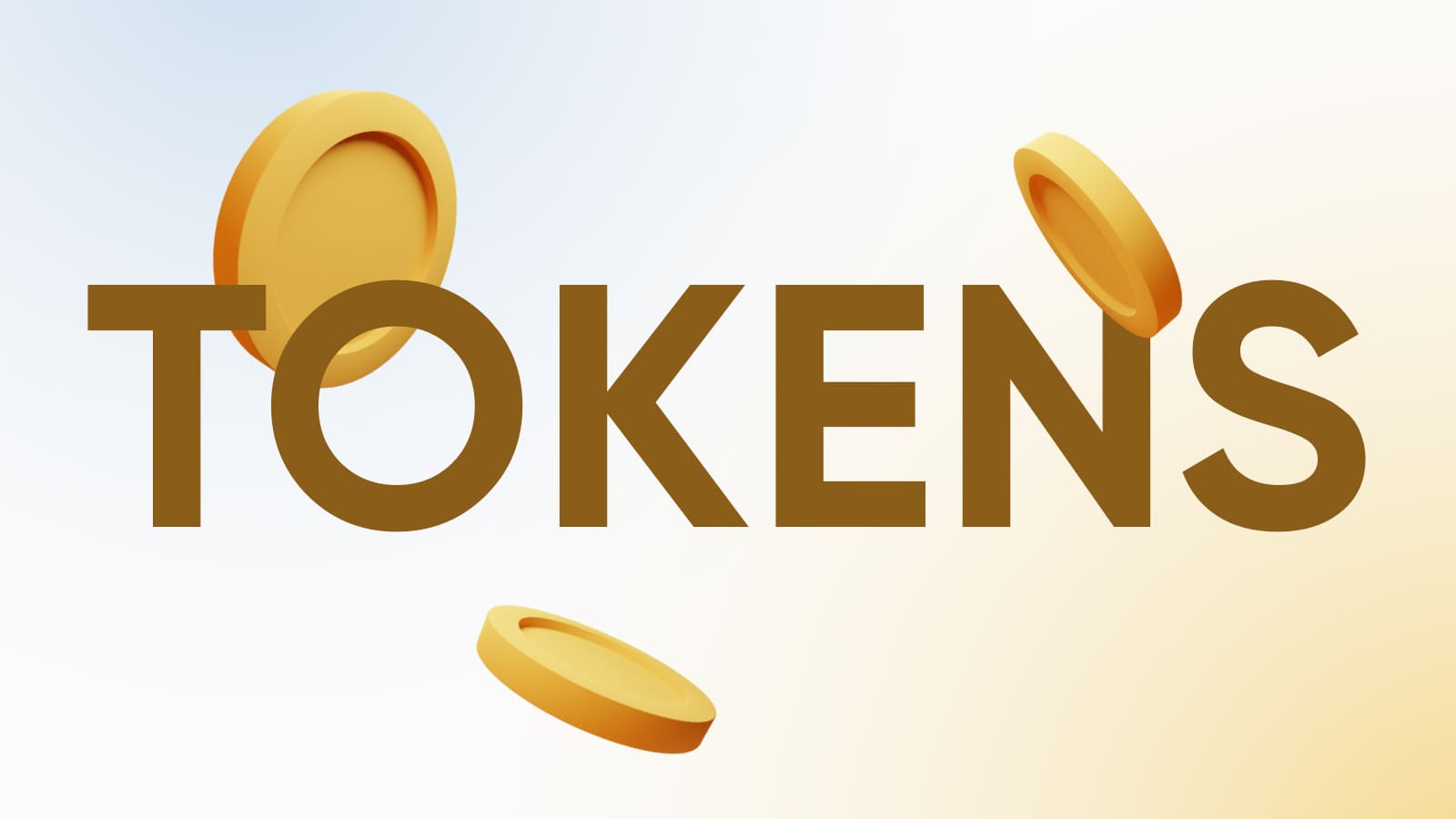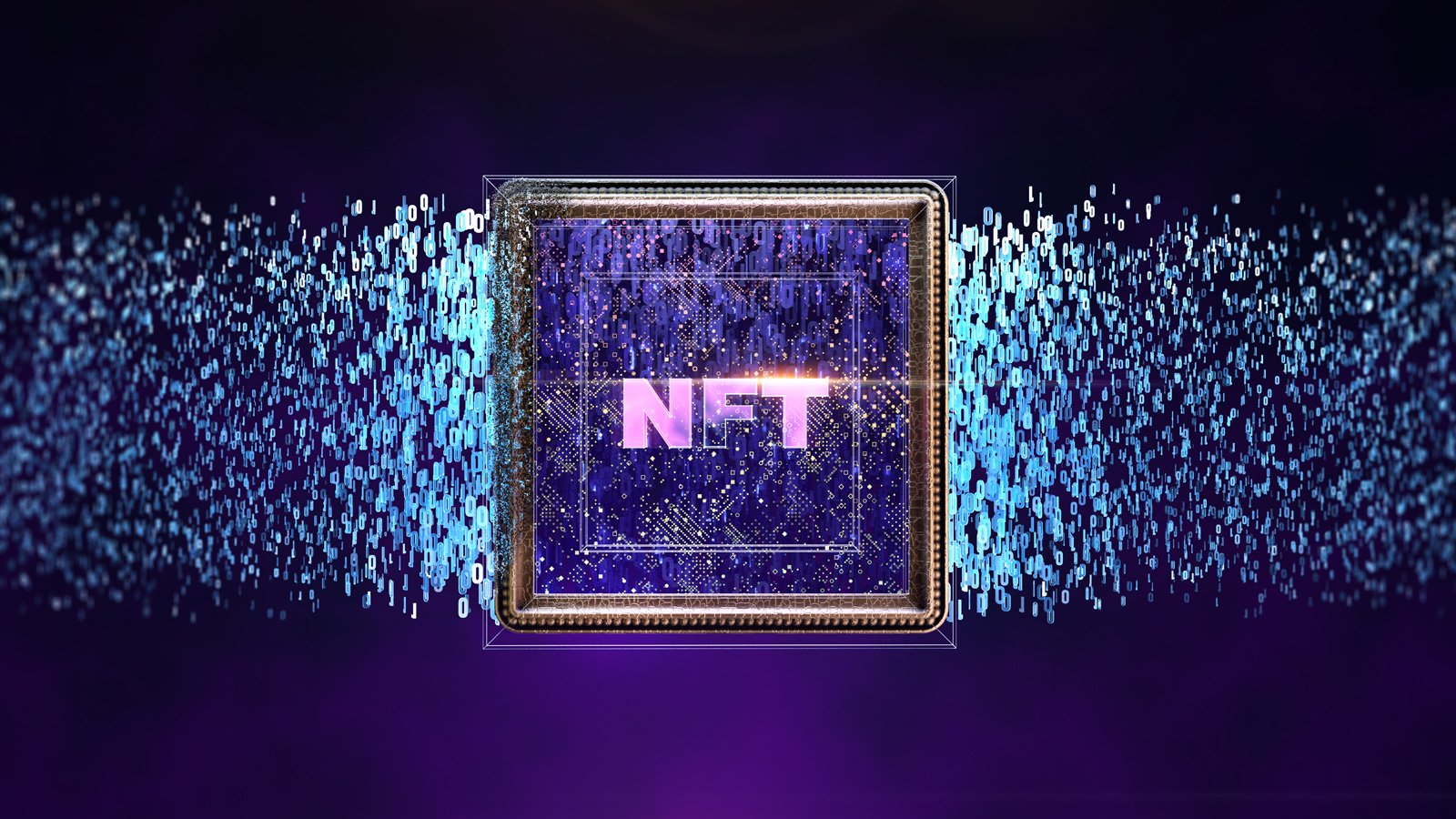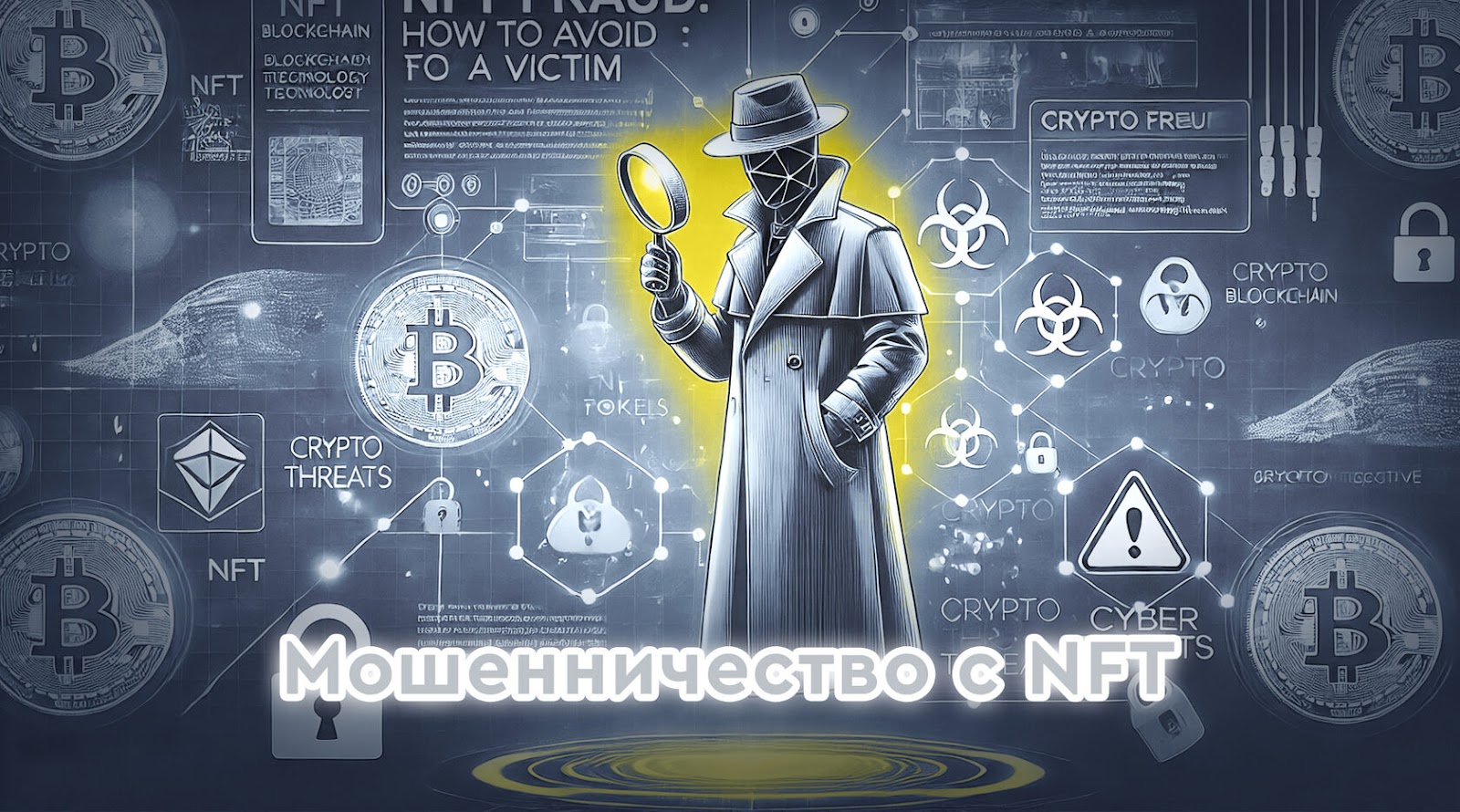Fraudsters often act long before the tokens themselves appear. "Promising" projects are created that are supposedly about to launch. They promise rare tokens, profits, and rapid price growth. People rush to invest while it's "cheap," and a couple of days later, the site disappears along with the organizers.
Such an NFT scam looks like a regular pre-funding. They say you need to invest before the start because it will be more expensive later. After transferring the money, nothing happens. The platform does not confirm the transaction, and there are no tokens in the wallet.
Often, fake partners and pages with logos are used. Everything looks professional, but there are no authors or real content behind the project. Sometimes the entire collection is just a copy of someone else's images, assembled in a beautiful cover.
Dangerous Sites and Malicious Smart Contracts
Another popular scheme is fake sites that resemble real NFT platforms. The victim logs in, connects their wallet, and at that moment allows a third-party smart contract to manage their funds. The money is debited, and it cannot be refunded.

Fake tokens are also often placed on such pages. They look genuine, are beautifully made, and supposedly work with blockchain. But access to them leads through a malicious form. Even experienced users can be caught, especially if everything is neatly arranged with logos, links, and design resembling the original.
A single letter substitution in the domain or an interface copy of the real platform is often used. There's little time to check, usually, there's a countdown on the page, or "exclusive offers" pop up. In such a rush, it's easy to click the wrong thing.
When a Project Hides Information – It's a Signal
Good NFT projects are always transparent. The author is indicated, there are links to social networks, a biography, and examples of past works. If the project is unclear, has no description, and is without verification, it's likely a fraudulent collection.
Fake reviews are created, followers are massively inflated, fake sale screenshots are posted. All this is a way to create an illusion of popularity and urgency. Many collections appear on large platforms but are quickly removed after complaints.

Sometimes the collection's description constantly changes, and "authors" are added or removed. If the project doesn't have a proper smart contract, everything looks murky or incomplete – it's a warning sign. Especially when there's no clear information on how and where the money goes.
Before purchasing a token, it is worth studying which platform it is hosted on, who created it, and how the collection itself works. Sometimes a simple check helps avoid significant losses. Even if the design is bright and everything looks beautifully arranged – it doesn't mean the project is honest. Before purchasing, it's worth assessing several signs. Such details often indicate that the collection may be fake:
- The website domain does not match the official platform;
- There are no verified profiles of the creators;
- The collection has no activity on open blockchain resources;
- Wallet connection is offered without explanation;
- Promotional materials promise instant profit.
Each such sign is already a reason to think. And if there are several, the risk is almost guaranteed. To save money and ensure the security of investments in NFT, the project needs to be checked before the purchase, not after.
What Platforms Do Against Fake Tokens
Major NFT platforms have started to fight fraud more actively. They implement moderation, artist verification, and analyze contract codes. All this helps but does not completely solve the problem. Fake tokens still get into circulation, especially on new or little-known platforms.
If a collection is identified as fake, it may be removed, and the account blocked. But the tokens do not disappear from the blockchain. They simply stop being displayed on popular platforms. This is a feature of the system – no one can simply erase data from the blockchain.

Sometimes users unite and launch investigations. Such cases happen, but refunds are very rare. In the crypto world, reversing a transaction is almost impossible. Therefore, it all comes down to verification and conscious actions before transferring funds.
How the Market is Learning to Protect Itself from Fraud
Lately, the NFT community has become more cautious. Blacklists of projects have appeared, browser extensions that warn of risks. People more often share experiences and warn each other about new NFT scams.

Educational projects also play their part. Major platforms explain how blockchain works, how smart contracts are arranged, and what to pay attention to when choosing a token. This helps reduce the number of victims and recognize fraudulent collections before purchasing.
The market has become more attentive, but fraudsters also do not stand still. New schemes and disguises appear. Therefore, the main way to protect is common sense and checking every detail. Only this way can ensure the security of investments in NFT and avoid losses.
